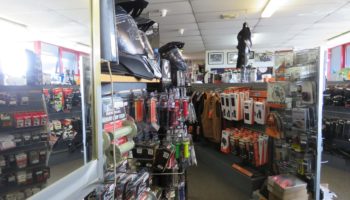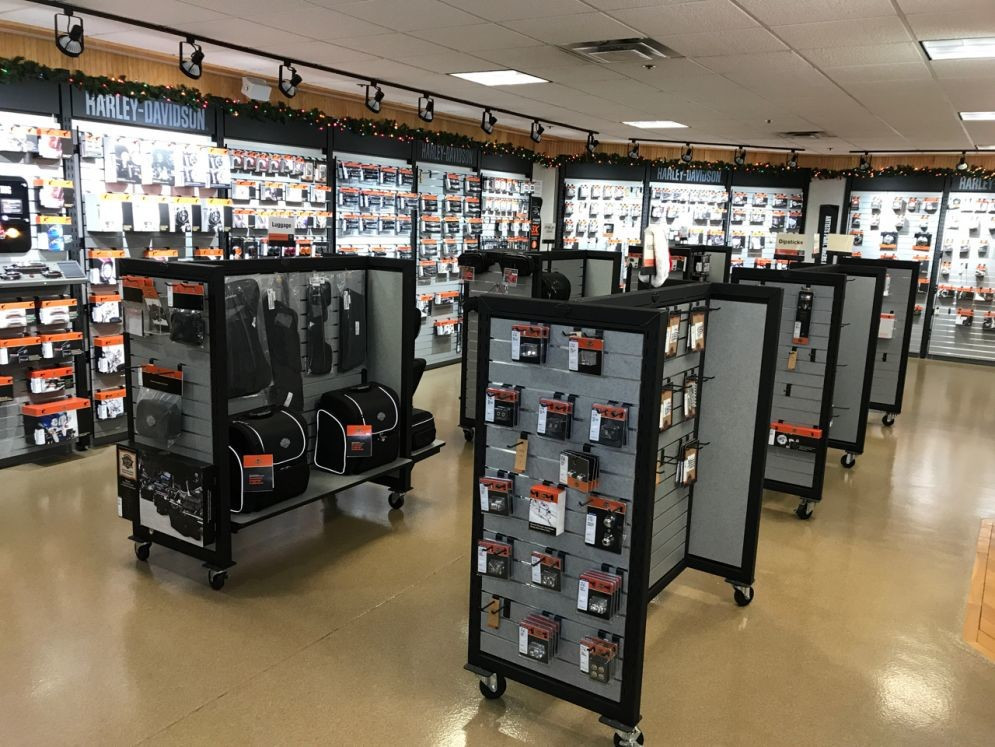Top MX Gear NZ: Get Ready for Your Next Off-Road Experience
Top MX Gear NZ: Get Ready for Your Next Off-Road Experience
Blog Article
Understanding the Crucial Parts of a Bike: A Comprehensive Guide for Enthusiasts
For motorbike fanatics looking to boost their riding experience and guarantee their bikes run efficiently, recognizing the vital components of a motorbike is vital. Each element, from the engine's elaborate workings to the crucial function of the stopping systems, not only impacts performance but additionally safety and security and convenience.
Engine Elements

The camshaft plays a crucial role in managing the timing of the engine's valves, ensuring the exact opening and closing essential for efficient fuel and air consumption, as well as exhaust expulsion. This timing is vital to maintaining optimal engine performance and performance. Furthermore, the carburetor or fuel shot system, depending on the motorbike design, is in charge of mixing air with fuel in the proper proportion for combustion.
The cooling system, either air or liquid-based, functions to keep the engine's temperature level within functional limits, preventing getting too hot and making sure durability - mx gear nz. Each component, meticulously made and incorporated, adds to the smooth procedure of the engine, defining the motorcycle's power output and general performance
Transmission System
Important to the bike's functionality, the transmission system makes sure efficient power transfer from the engine to the wheels. This system comprises a number of critical parts, consisting of the clutch, transmission, and final drive, each playing an essential role in equating the engine's power right into motion. The clutch, generally run by a hand bar, offers to involve and disengage the engine from the transmission, enabling for smooth equipment adjustments and controlled acceleration.
The transmission, often referred to as the transmission proper, contains a collection of equipments that motorcyclists can by hand move with to adjust the bike's speed and torque output. These equipments are prepared in a series that enables the bike to increase efficiently and maintain optimum engine efficiency throughout different rates. Many motorbikes make use of a consecutive transmission, calling for the motorcyclist to change equipments in a fixed order.
Braking Mechanisms
While comprehending the transmission system is key to utilizing a bike's power, similarly essential is the ability to regulate and quit that power efficiently, which is where braking devices enter play. Brakes are important for safety and efficiency, supplying the biker with the necessary control to browse various surfaces and conditions. Typically, bikes feature 2 sorts of stopping systems: disc brakes and drum brakes.
Disc brakes are more common in modern motorbikes due to their superior performance. This system uses better warm dissipation, regular performance, and enhanced stopping power, particularly in damp problems.
On the other hand, drum brakes, though much less common, are still discovered in some bikes. They work by pushing brake footwear against the inner surface area of a drum attached to the wheel. While normally much less reliable in warm dissipation and quiting power, drum brakes are simpler and much more cost-effective.
Recognizing these braking systems' nuances allows motorcyclists to preserve their bikes effectively and value the engineering that ensures risk-free and effective quiting.
Suspension and Guiding
Suspension and guiding systems are crucial parts that dramatically affect a motorcycle's handling and ride comfort. The suspension system, consisting of forks at the front and shock absorbers at the back, absorbs road irregularities, enhancing security and control. Front forks, usually telescopic or upside down, compress and rebound to reduce influences, while back shock absorbers keep tire contact with the road, critical for traction and security.
Steering, focused around the handlebars, attaches the motorcyclist to the motorbike's directional control. The steering head bearings guarantee smooth operation, permitting specific maneuverability. Appropriate alignment and More Bonuses upkeep of these bearings are vital for foreseeable steering feedback and minimizing motorcyclist fatigue.
The suspension's adjustability is another essential element; preload, damping, and rebound settings permit modification to fit various riding conditions and designs. This adaptability is essential for maximizing performance, whether browsing metropolitan streets or tackling sturdy routes. Technologies like digital shock absorber use real-time adjustments, boosting trip top quality across varied terrains.

Electric Systems
After look at more info making certain a smooth and controlled adventure with reliable suspension and guiding systems, interest transforms to the electrical systems, a crucial aspect of modern-day motorbikes. These systems play a critical function not just in starting the engine yet likewise in powering different elements that enhance the functionality and safety of the bike.
At the heart of a motorcycle's electrical system is the battery, which stores electrical energy essential for beginning the engine and powering supporting systems - moto parts nz. The generator or generator, paired with the rectifier-regulator, guarantees the battery continues to be charged while the bike functions, converting power right into electric energy and maintaining voltage levels
The ignition system, one more essential component, is in charge of sparking the air-fuel combination in the engine's cyndrical tubes. Modern motorcycles frequently use a digital ignition system, using better performance and integrity contrasted to traditional systems.
Lighting systems, including headlights, tail lights, and indicators, are also vital, guaranteeing visibility and safety for the biker. Extra electronic parts such as sensing units, control units, and shows add to innovative features like gas shot administration, anti-lock braking systems (ABS), and digital control panels, better boosting the riding experience.
Verdict
A detailed understanding of a motorcycle's essential parts, including the engine, transmission system, stopping systems, suspension, steering, and electric systems, is indispensable for fanatics aiming to maximize comfort, safety and security, and performance. Proficiency of these components enables educated decisions pertaining to maintenance and upgrades, inevitably enhancing the riding experience. By integrating this knowledge, riders can guarantee their motorcycles operate at look at here now peak effectiveness and integrity, consequently making best use of both enjoyment and durability of their cars.
For motorbike fanatics looking to elevate their riding experience and ensure their bikes run smoothly, understanding the essential components of a motorcycle is vital.Indispensable to the motorbike's functionality, the transmission system makes sure efficient power transfer from the engine to the wheels.While understanding the transmission system is crucial to using a motorcycle's power, equally essential is the capability to manage and quit that power properly, which is where stopping devices come into play. Typically, bikes include 2 types of stopping systems: disc brakes and drum brakes.
A thorough comprehension of a motorcycle's vital elements, including the engine, transmission system, braking systems, suspension, guiding, and electric systems, is vital for fanatics intending to enhance safety, performance, and convenience.
Report this page